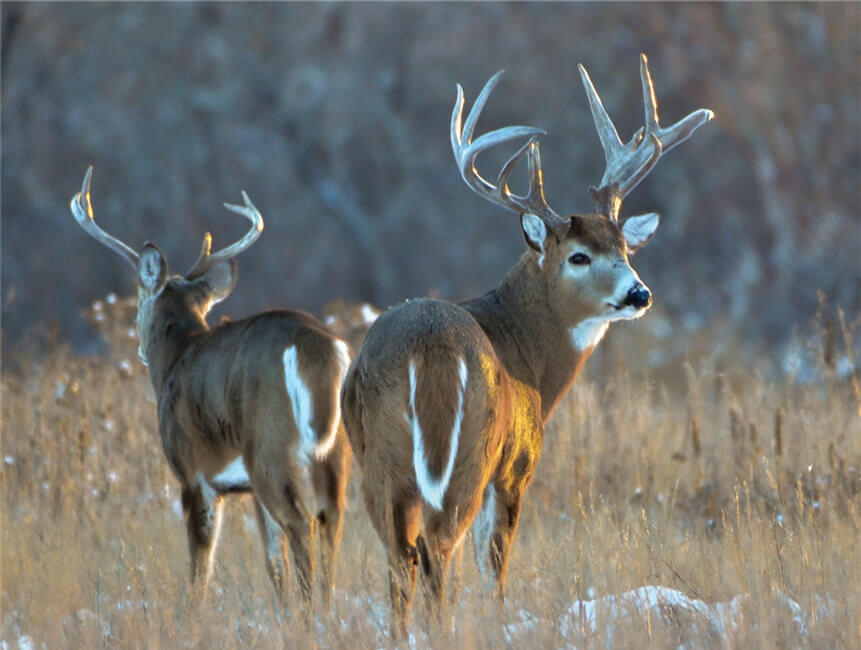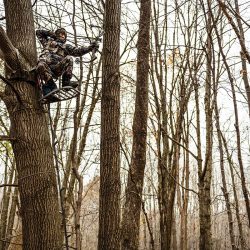Oh, Deer
The greatest threat to Wisconsin’s forests may not be pollution or urban sprawl, but rather these fellows here: whitetail deer.
According to a study released in January, as much as 40 percent of the change to plant species in the state’s northern forests over the last half century has been caused by the dining habits of deer. Between 1960 and 2010, the number of deer in Wisconsin nearly tripled.
Botany professor Donald Waller led a group that looked at plant populations inside “exclosures,” areas where deer have been fenced out, and compared them with plant populations outside the exclosures. He then compared his findings to similar studies done in the 1950s. Deer, he found, tend to prevent the regeneration of trees and shrubs and to encourage the spread of ferns, grasses, and nonnative plants.
Published in the Summer 2015 issue




Comments
No comments posted yet.